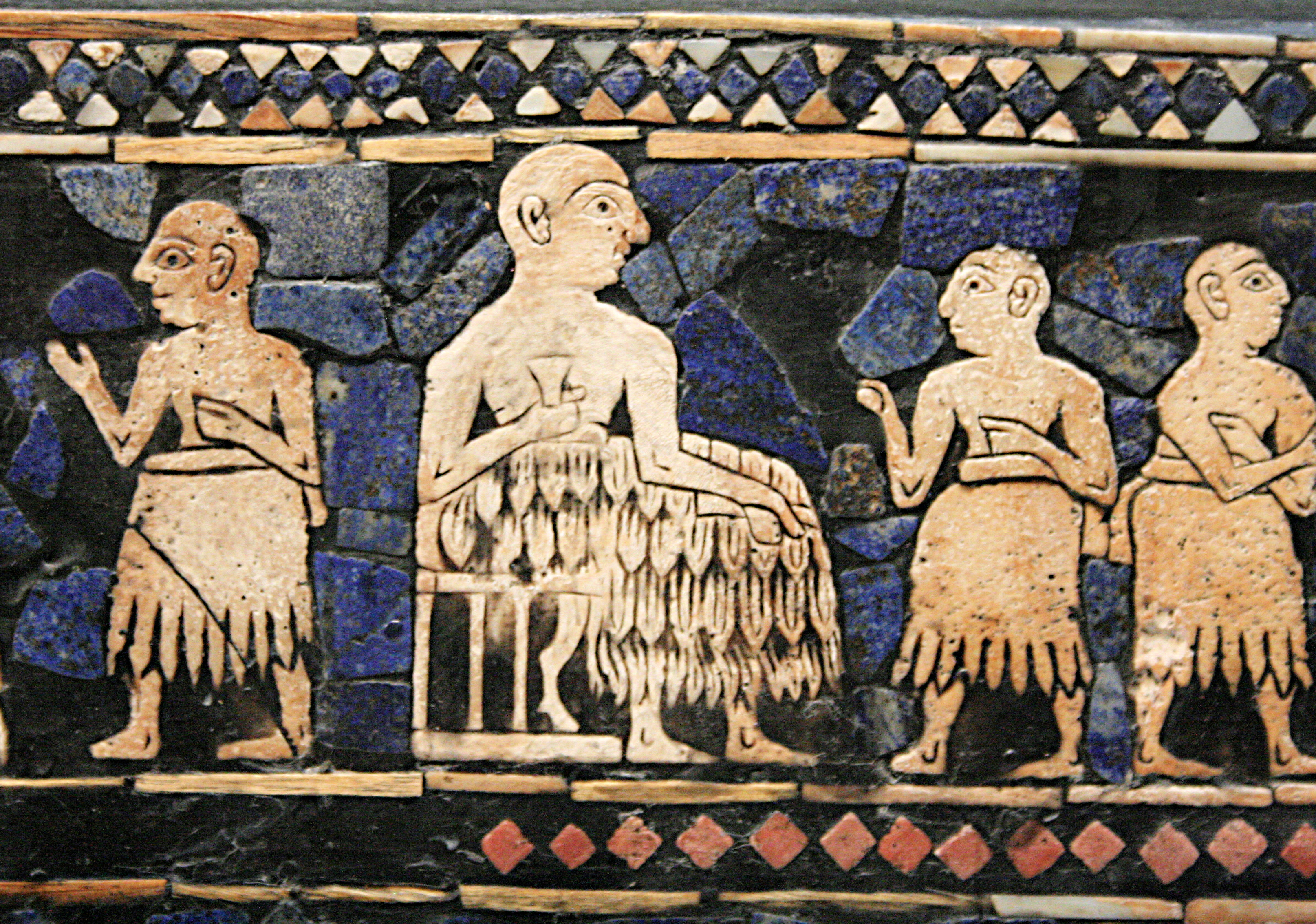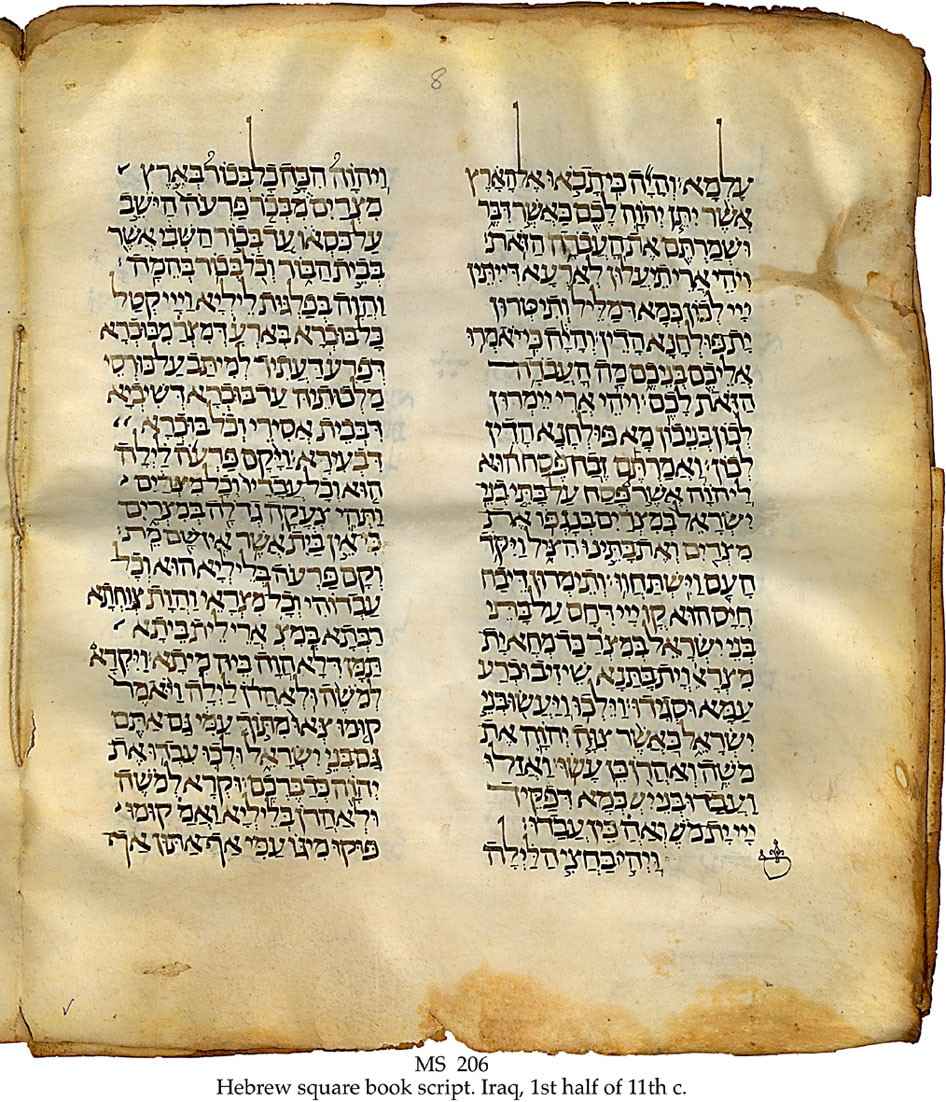|
Siege Of Uruk
Gilgamesh and Aga, sometimes referred to as incipit The envoys of Aga ( Sumerian: ''lu2 kin-gi4-a aka'') is an Old Babylonian poem written in Sumerian. The only one of the five poems of Gilgamesh that has no mythological aspects, it has been the subject of discussion since its publication in 1935 and later translation in 1949. The poem records the Kishite siege of Uruk after lord Gilgamesh refused to submit to them, ending in Aga's defeat and consequently the fall of Kish's hegemony. While the historicity of the war remains an open question, attempts have been made to assign a historical date. The suggested date is around 2600 BC, since archaeological evidence traces the fall of Kish hegemony between ED II and ED III. The location of the battle is described as having occurred outside the walls of Uruk, situated east of the present bed of the Euphrates River. The conflict between Uruk and Kish and the relations between Gilgamesh and Aga seem to cast light on intercity politi ... [...More Info...] [...Related Items...] OR: [Wikipedia] [Google] [Baidu] |
Sulaymaniyah Museum
The Sulaymaniyah Museum (Kurdish: مۆزهخانهی سلێمانی; Arabic: متحف السليمانية), or Slemani Museum, is an archeological museum located within heart of Sulaymaniyah in the Kurdistan Region of Iraq. It is the second largest museum in Iraq, after the National Museum of Iraq in Baghdad. It houses artifacts dating from the prehistoric period to the late Islamic and Ottoman periods. Several halls of the museum have undergone renovation work and the museum was closed to the public for refurbishment from October 1, 2018, to October 2019. History Opening The museum was opened officially on July 14, 1961. Initially, it was composed of a small building in the Shorsh District. After several years, the museum acquired a new and large building in the heart of Salim Street in the year 1980 CE. The current building has an area of 6000 square meters and is a one-story building. The artifacts are displayed in one small hall (which was recently renovated by the UNESC ... [...More Info...] [...Related Items...] OR: [Wikipedia] [Google] [Baidu] |
Ancient Semitic-speaking Peoples
Ancient Semitic-speaking peoples or Proto-Semitic people were people who lived throughout the ancient Near East, including the Levant, Mesopotamia, the Arabian Peninsula, and the Horn of Africa from the 3rd millennium BC until the end of antiquity. Their languages are usually divided into three branches: East, Central and South Semitic languages. The Proto-Semitic language was likely spoken in the 4th millennium BC, and the oldest attested forms of Semitic date to the mid-3rd millennium BC (the Early Bronze Age). Speakers of East Semitic include the people of the Akkadian Empire, Assyria and Babylonia. Central Semitic combines the Northwest Semitic languages and Arabic. Speakers of Northwest Semitic were the Canaanites (including the Phoenicians and the Hebrews) and the Arameans. South Semitic peoples include the speakers of Modern South Arabian languages and Ethiopian Semitic languages. Origins There are several locations proposed as possible sites for prehistoric origin ... [...More Info...] [...Related Items...] OR: [Wikipedia] [Google] [Baidu] |
Old Babylonian Period
The Old Babylonian Empire, or First Babylonian Empire, is dated to BC – BC, and comes after the end of Sumerian power with the destruction of the Third Dynasty of Ur, and the subsequent Isin-Larsa period. The chronology of the first dynasty of Babylonia is debated, since there is a Babylonian King List A and also a Babylonian King List B. In this chronology, the regnal years of List A are used due to their wide usage. The reign lengths given in List B are longer, generally speaking. Hardship of searching for origins of the First Dynasty The actual origins of the First Babylonian dynasty are rather hard to pinpoint with great certainty — simply because Babylon itself, due to a high water table, yields very few archaeological materials intact. Thus, the evidence that survived throughout the years includes written records such as royal and votive inscriptions, literary texts, and lists of year-names. The minimal amount of evidence in economic and legal documents makes it diff ... [...More Info...] [...Related Items...] OR: [Wikipedia] [Google] [Baidu] |
Lugalbanda
Lugalbanda was a deified Sumerian king of Uruk who, according to various sources of Mesopotamian literature, was the father of Gilgamesh. Early sources mention his consort Ninsun and his heroic deeds in an expedition to Aratta by King Enmerkar. Lugalbanda is listed in the ''Sumerian King List'' as the second king of Uruk, saying he ruled for 1200 years, and providing him with the epithet of ''the Shepherd''. Lugalbanda's historicity is uncertain among scholars. Attempts to date him in the Early Dynastic Period of Sumer#Early Dynastic period, ED II period are based on an amalgamation of data from the epic traditions of the 2nd millennium with unclear archaeological observations. Mythology Lugalbanda appears in Sumerian literary sources as early as the mid-3rd millennium, as attested by the incomplete mythological text ''Lugalbanda and Ninsuna,'' found in Abu Salabikh, that describes a romantic relationship between Lugalbanda and Ninsun. In the earliest god-lists from Shuruppak, F ... [...More Info...] [...Related Items...] OR: [Wikipedia] [Google] [Baidu] |
Ur-Nammu
Ur-Nammu (or Ur-Namma, Ur-Engur, Ur-Gur, Sumerian: , ruled c. 2112 BC – 2094 BC middle chronology, or possibly c. 2048–2030 BC short chronology) founded the Sumerian Third Dynasty of Ur, in southern Mesopotamia, following several centuries of Akkadian and Gutian rule. His main achievement was state-building, and Ur-Nammu is chiefly remembered today for his legal code, the Code of Ur-Nammu, the oldest known surviving example in the world. He held the titles of "King of Ur, and King of Sumer and Akkad". Reign According to the ''Sumerian King List'', Ur-Nammu reigned for 18 years.Thorkild Jacobsen, ''The Sumerian King List'' (Chicago: University of Chicago Press, 1939),pp. 122f Year-names are known for 17 of these years, but their order is uncertain. One year-name of his reign records the devastation of Gutium, while two years seem to commemorate his legal reforms ("Year in which Ur-Nammu the king put in order the ways (of the people in the country) from below to a ... [...More Info...] [...Related Items...] OR: [Wikipedia] [Google] [Baidu] |
History Of India
According to consensus in modern genetics, anatomically modern humans first arrived on the Indian subcontinent from Africa between 73,000 and 55,000 years ago. Quote: "Y-Chromosome and Mt-DNA data support the colonization of South Asia by modern humans originating in Africa. ... Coalescence dates for most non-European populations average to between 73–55 ka." However, the earliest known human remains in South Asia date to 30,000 years ago. Settled life, which involves the transition from foraging to farming and pastoralism, began in South Asia around 7000 BCE. At the site of Mehrgarh presence can be documented of the domestication of wheat and barley, rapidly followed by that of goats, sheep, and cattle. By 4500 BCE, settled life had spread more widely, and began to gradually evolve into the Indus Valley civilisation, an early civilisation of the Old World, which was contemporaneous with Ancient Egypt and Mesopotamia. This civilisation flourished between 2500 BCE and 1900 ... [...More Info...] [...Related Items...] OR: [Wikipedia] [Google] [Baidu] |
History Of Greece
The history of Greece encompasses the history of the territory of the modern nation-state of Greece as well as that of the Greek people and the areas they inhabited and ruled historically. The scope of Greek habitation and rule has varied throughout the ages and as a result, the history of Greece is similarly elastic in what it includes. Generally, the history of Greece is divided into the following periods: * Paleolithic Greece starting 3.3 million years ago and ending in 13,000 BC. Significant geomorphological and climatic changes were noted in the modern Greek area which were definitive for the fauna and flora as well as the survival of the ''Homo sapiens'' in the region. * Mesolithic Greece starting in 13,000 BC and ending in 7000 BC, it was a period of long and slow development of the primitive human "proto-communities". *Neolithic Greece; covering a period beginning with the establishment of agricultural societies in 7000 BC and ending in BC. It was a vital part of ... [...More Info...] [...Related Items...] OR: [Wikipedia] [Google] [Baidu] |
Alliteration
Alliteration is the conspicuous repetition of initial consonant sounds of nearby words in a phrase, often used as a literary device. A familiar example is "Peter Piper picked a peck of pickled peppers". Alliteration is used poetically in various languages around the world, including Arabic, Irish, German, Mongolian, Hungarian, American Sign Language, Somali, Finnish, Icelandic. Historical use The word ''alliteration'' comes from the Latin word ''littera'', meaning "letter of the alphabet". It was first coined in a Latin dialogue by the Italian humanist Giovanni Pontano in the 15th century. Alliteration is used in the alliterative verse of Old English, Old Norse, Old High German, Old Saxon, and Old Irish. It was an important ingredient of the Sanskrit shlokas. Alliteration was used in Old English given names. This is evidenced by the unbroken series of 9th century kings of Wessex named Æthelwulf, Æthelbald, Æthelberht, and Æthelred. These were followed in the 10th ... [...More Info...] [...Related Items...] OR: [Wikipedia] [Google] [Baidu] |
Metre
The metre (British spelling) or meter (American spelling; see spelling differences) (from the French unit , from the Greek noun , "measure"), symbol m, is the primary unit of length in the International System of Units (SI), though its prefixed forms are also used relatively frequently. The metre was originally defined in 1793 as one ten-millionth of the distance from the equator to the North Pole along a great circle, so the Earth's circumference is approximately km. In 1799, the metre was redefined in terms of a prototype metre bar (the actual bar used was changed in 1889). In 1960, the metre was redefined in terms of a certain number of wavelengths of a certain emission line of krypton-86. The current definition was adopted in 1983 and modified slightly in 2002 to clarify that the metre is a measure of proper length. From 1983 until 2019, the metre was formally defined as the length of the path travelled by light in a vacuum in of a second. After the 2019 redefi ... [...More Info...] [...Related Items...] OR: [Wikipedia] [Google] [Baidu] |
Syllabic Verse
Syllabic verse is a poetic form having a fixed or constrained number of syllables per line, while stress, quantity, or tone play a distinctly secondary role — or no role at all — in the verse structure. It is common in languages that are syllable-timed, such as French or Finnish — as opposed to stress-timed languages such as English, in which accentual verse and accentual-syllabic verse are more common. Overview Many European languages have significant syllabic verse traditions, notably Italian, Spanish, French, and the Baltic and Slavic languages. These traditions often permeate both folk and literary verse, and have evolved gradually over hundreds or thousands of years; in a sense the metrical tradition is older than the languages themselves, since it (like the languages) descended from Proto-Indo-European. It is often implied — but it is not true — that word stress plays no part in the syllabic prosody of these languages. Indeed in most of these languages word ... [...More Info...] [...Related Items...] OR: [Wikipedia] [Google] [Baidu] |
Rhyme
A rhyme is a repetition of similar sounds (usually, the exact same phonemes) in the final stressed syllables and any following syllables of two or more words. Most often, this kind of perfect rhyming is consciously used for a musical or aesthetic effect in the final position of lines within poems or songs. More broadly, a rhyme may also variously refer to other types of similar sounds near the ends of two or more words. Furthermore, the word ''rhyme'' has come to be sometimes used as a shorthand term for any brief poem, such as a nursery rhyme or Balliol rhyme. Etymology The word derives from Old French ''rime'' or ''ryme'', which might be derived from Old Frankish ''rīm'', a Germanic term meaning "series, sequence" attested in Old English (Old English ''rīm'' meaning "enumeration, series, numeral") and Old High German ''rīm'', ultimately cognate to Old Irish ''rím'', Greek ' ''arithmos'' "number". Alternatively, the Old French words may derive from Latin ''rhythmus'', from ... [...More Info...] [...Related Items...] OR: [Wikipedia] [Google] [Baidu] |
Stanza
In poetry, a stanza (; from Italian language, Italian ''stanza'' , "room") is a group of lines within a poem, usually set off from others by a blank line or Indentation (typesetting), indentation. Stanzas can have regular rhyme scheme, rhyme and Metre (poetry), metrical schemes, but they are not required to have either. There are many different : Stanzaic form, forms of stanzas. Some stanzaic forms are simple, such as four-line quatrains. Other forms are more complex, such as the Spenserian stanza. Fixed verse, Fixed verse poems, such as sestinas, can be defined by the number and form of their stanzas. The stanza has also been known by terms such as ''batch'', ''fit'', and ''stave''. The term ''stanza'' has a similar meaning to ''strophe'', though ''strophe'' sometimes refers to an irregular set of lines, as opposed to regular, rhymed stanzas. Even though the term "stanza" is taken from Italian, in the Italian language the word "strofa" is more commonly used. In music, groups of ... [...More Info...] [...Related Items...] OR: [Wikipedia] [Google] [Baidu] |





.png)


